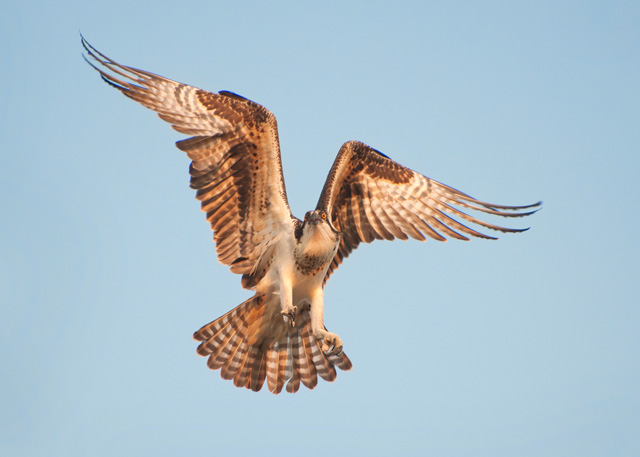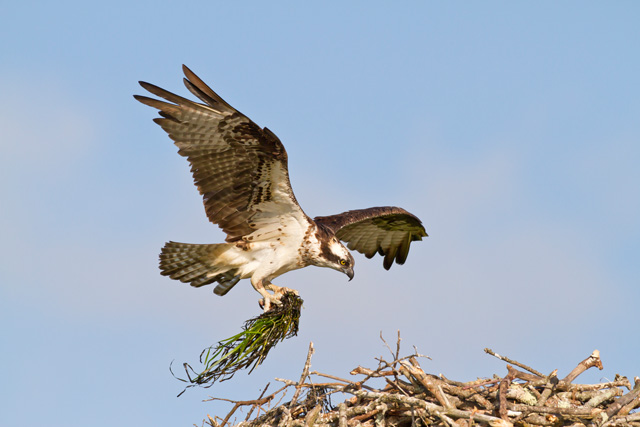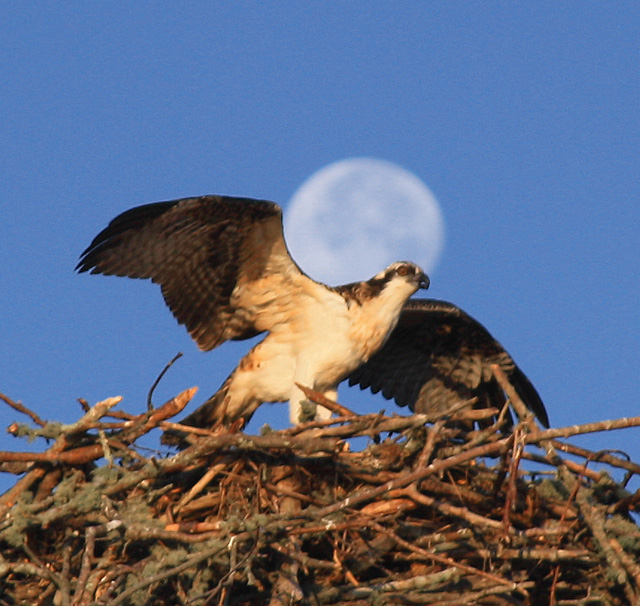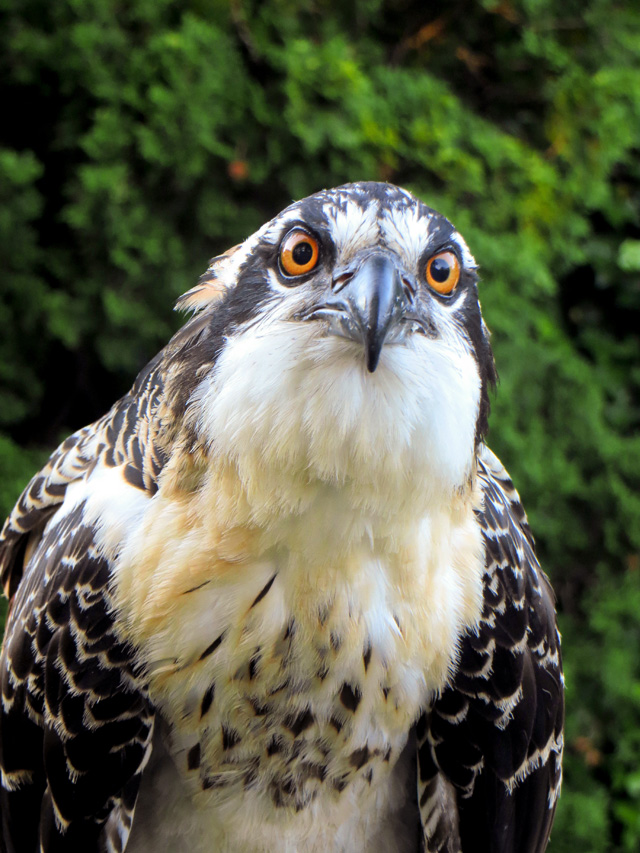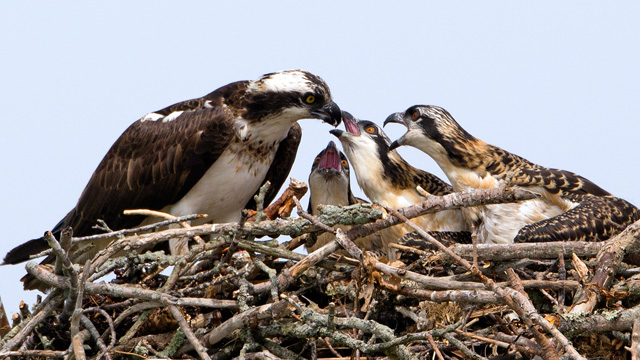Take a stroll along a residential street this time of year and you are almost sure to see the iconic white (and occasionally pink) blossoms of the flowering dogwood (Benthamidia florida). Flowering dogwoods are actually native to Massachusetts, existing here since before European colonization.
Unfortunately, finding native flowering dogwoods in the woods has become less and less common since the 1980’s, due to a fungal disease called “dogwood anthracnose”. As a result, many of the flowering dogwoods you’ll see planted in yards and along streets are disease-resistant cultivars of the native shrub.
A few other species of dogwood shrubs are native to Massachusetts—such as red-osier, silky, and alternate-leaved dogwood—and though not as showy as flowering dogwood, they are just as important for supporting healthy biodiversity because they provide habitat and food sources for many times more native wildlife species than non-native plants—particularly our beloved pollinators!
Here are five beautiful photos of flowering dogwoods to celebrate these exceptional shrubs. Once you know what to look for, you’re sure to see them everywhere! Keep an eye out for white or pink flowers with four wide petals, each with a characteristic “notch” in the end. Does it have pointy tips instead of notches? Then it’s likely a non-native Kousa dogwood (Benthamidia japonica).

Flowering Dogwood © Liz Froment
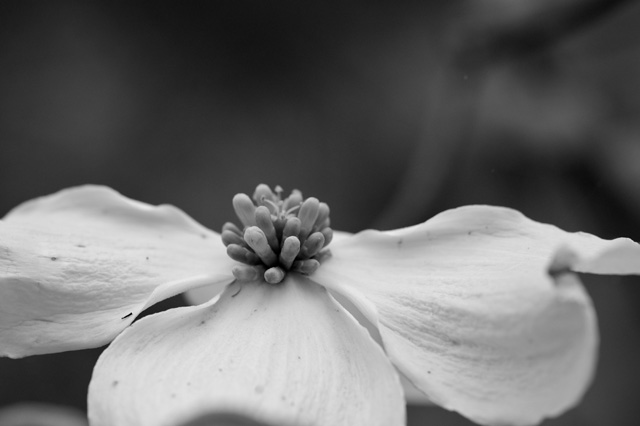
Dogwood Flower © Alan Yen
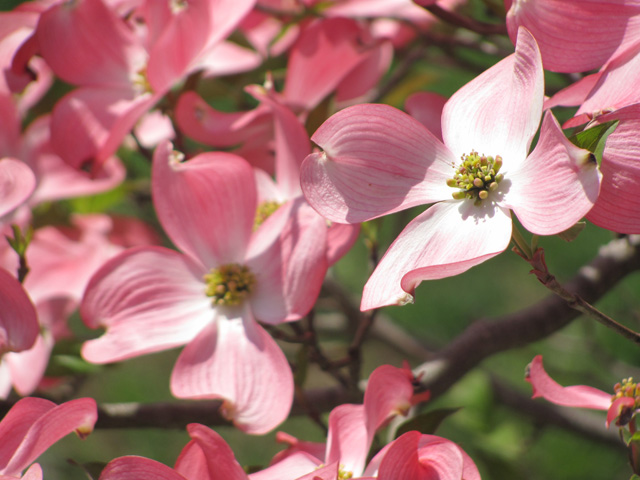
Pink Dogwood © Mackenzie Lannon

Flowering Dogwood © Mass Audubon
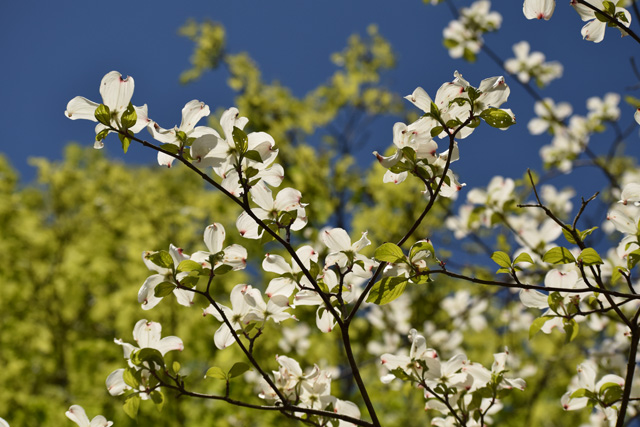
Flowering Dogwood © Mass Audubon


